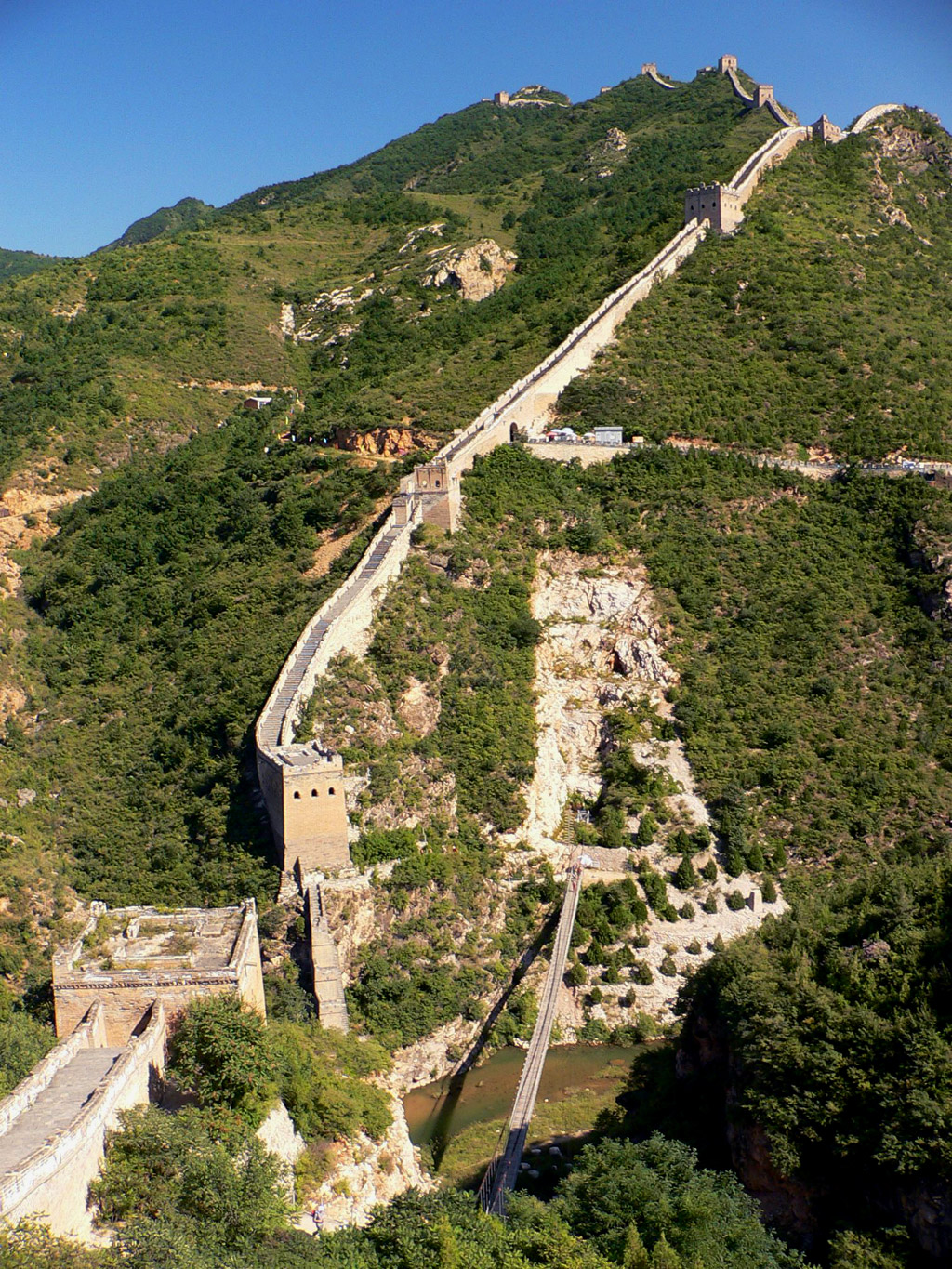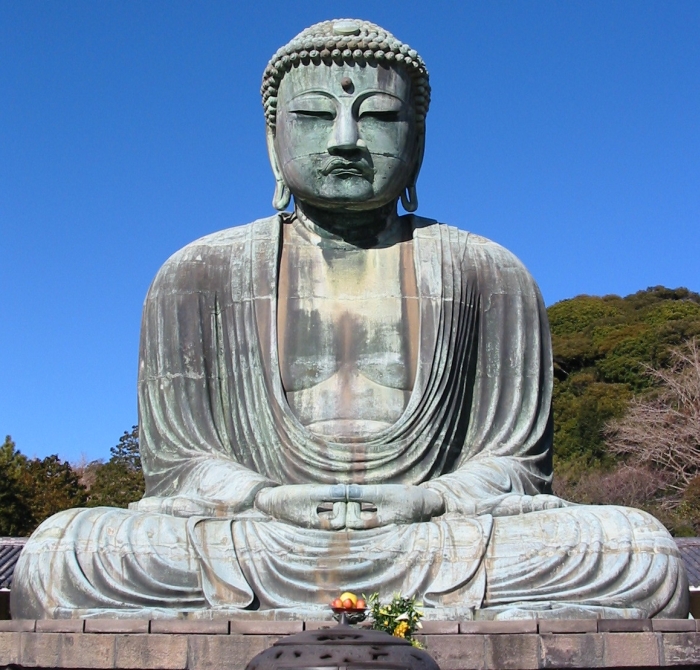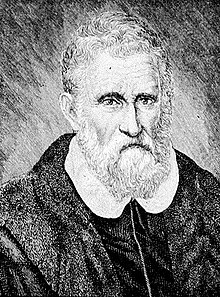MONGOLIA INVADES CHINA!
1276, Genghis Khan leads Mongolian army into invasion of China. The Mongolian army was split into ninety five units, each with 1,000 men. In that there was a quaran of 100 men. In each quaran there was a squadron of 10 men. With bows and arrows, Mongolia charged pass the Great Wall of China and conquered some of the land. The reason that Mongolia invaded China was to expand land territory. Genghis Khan shares, “our attempt to invade Japan in 1274 failed, so we tried China, and we succeeded!” The Mongolian army killed tribes such as the Tatars and they showed no mercy. Some chiefs were even buried alive! There is a quote from a soldier in the Chinese army, "How could they pass the Great Wall of China? That is what I still cannot believe." During the 7th century, during Emperor Qin's rule, the Great Wall of China was built. This was to prevent invaders from attacking. People thought the Great Wall was an unstoppable barrier, but apparently not! The Mongolian army's new units made it a more simpler way to approach the attack. They were more organized, and driven to defeat and conquer.






